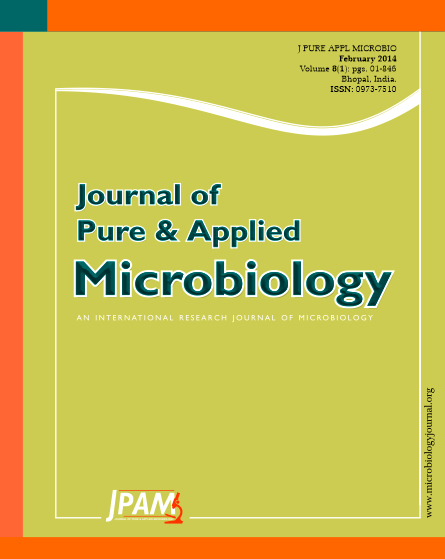Meat of goats can also be a source of pathogenic bacteria. In meat of healthy goats, the bacteria may enter the surface of the carcass in the abattoir, at slaughter and during processing of the hull. The aim of our study was to determine microbial contamination of carcasses of goats at the slaughter, before and after chilling, by determination of the total count of aerobic mesophylic bacteria (aerobic colony count), bacteria of family Enterobacteriaceae and Salmonella spp. Wet swabs were taken at slaughtering, immediately after the primary treatment, by non-destructive method, from a total of 95 goat carcasses. At the same time, the samples were taken for Salmonella testing. The total count of aerobic mesophyilic bacteria (log 10cfu/cm2) by method ISO 4833:2003, the number of Enterobacteriaceae (log10cfu/cm2) by method ISO21528-2:2004 and the presence of Salmonella spp. by method ISO6579:2002 were determined in swabs. The obtained results were interpreted according to the European regulation EC1441/2007. Test results showed that the average values of the total count of aerobic mesophylic bacteria and Enterobacteriaceae were with in the satisfactory range (£ 3.5 log10cfu/cm2 and £ 1.5 log cfu/cm2 respectively). Salmonella spp. was not isolated.
Goats, Slaughterhouse, Process hygiene, Criteria
© The Author(s) 2014. Open Access. This article is distributed under the terms of the Creative Commons Attribution 4.0 International License which permits unrestricted use, sharing, distribution, and reproduction in any medium, provided you give appropriate credit to the original author(s) and the source, provide a link to the Creative Commons license, and indicate if changes were made.


